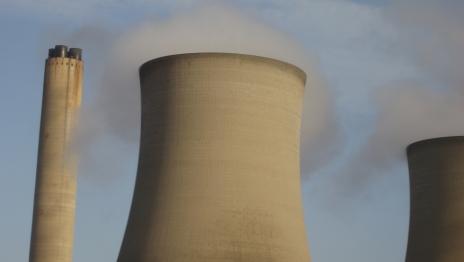
Climate change is less like gradual warming and more like a series of steps, according to new research.
Victoria University's Professor Roger Jones said the smooth curves on climate forecast graphs – with gradual rises in greenhouse gases causing gradual warming – gave a false sense of security. They are a guide as to how much climate may change, but they don't tell us how the climate changes.
"This idea leads to the expectation that people can adapt gradually to a smoothly changing climate. But sudden increases in risk may mean that gradual adjustments fail to cope with rapidly changing extremes – and that's what this research suggests is happening."
Professor Jones has just published a paper in the Journal of Geophysical Research analysing recent warming in south-eastern Australia. In it he shows historical relationships between rainfall, maximum and minimum temperature changed in a step-wise manner in the period 1968–73 as the region warmed abruptly, then again in 1997.
All models showed a stationary period with an abrupt start to regional warming and under increasing emissions similar shifts were predicted through to 2100.
"Regional warming therefore looks more like a staircase than a smooth curve," he said.
Regional climate in SE Australia was stationary to 1967, experiencing a step change in 1968 of 0.7°C in minimum temperature and 0.5°C in 1973 for maximum temperature. A step change in 1997 in maximum temperature of 0.8°C coincided with a statistically significant step change in global mean air temperature of 0.3°C. Changes since 1997 have affected the number of days of extreme heat, fire danger and a range of other variables.
He said these findings did not challenge the basic theory of greenhouse-induced warming but did show that some shorter term variations, which have been interpreted as natural variability, are in fact part of climate change.
"Energy is being stored elsewhere in the climate system, most probably the oceans, and released into the atmosphere in periodic bursts," he said. "Opponents of the theory go on about no warming since 1998 while conveniently overlooking the significant increase in temperature in 1997–98 that contributes to the long-term trend."
He said non-linear climate change had important implications for adaptations because if such shifts were interpreted as temporary conditions due to climate variability the frequency of extremes may continue to be under-estimated.
